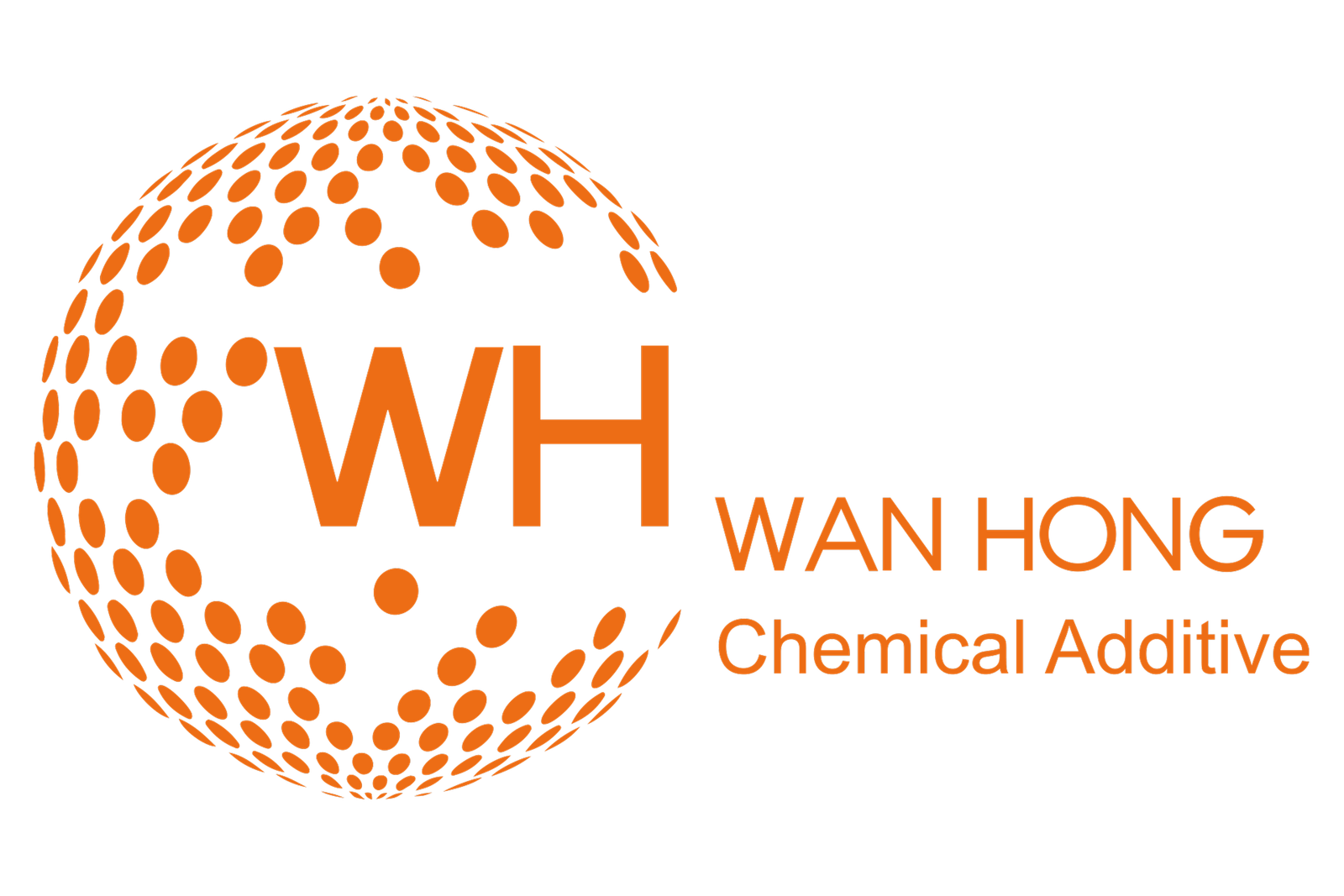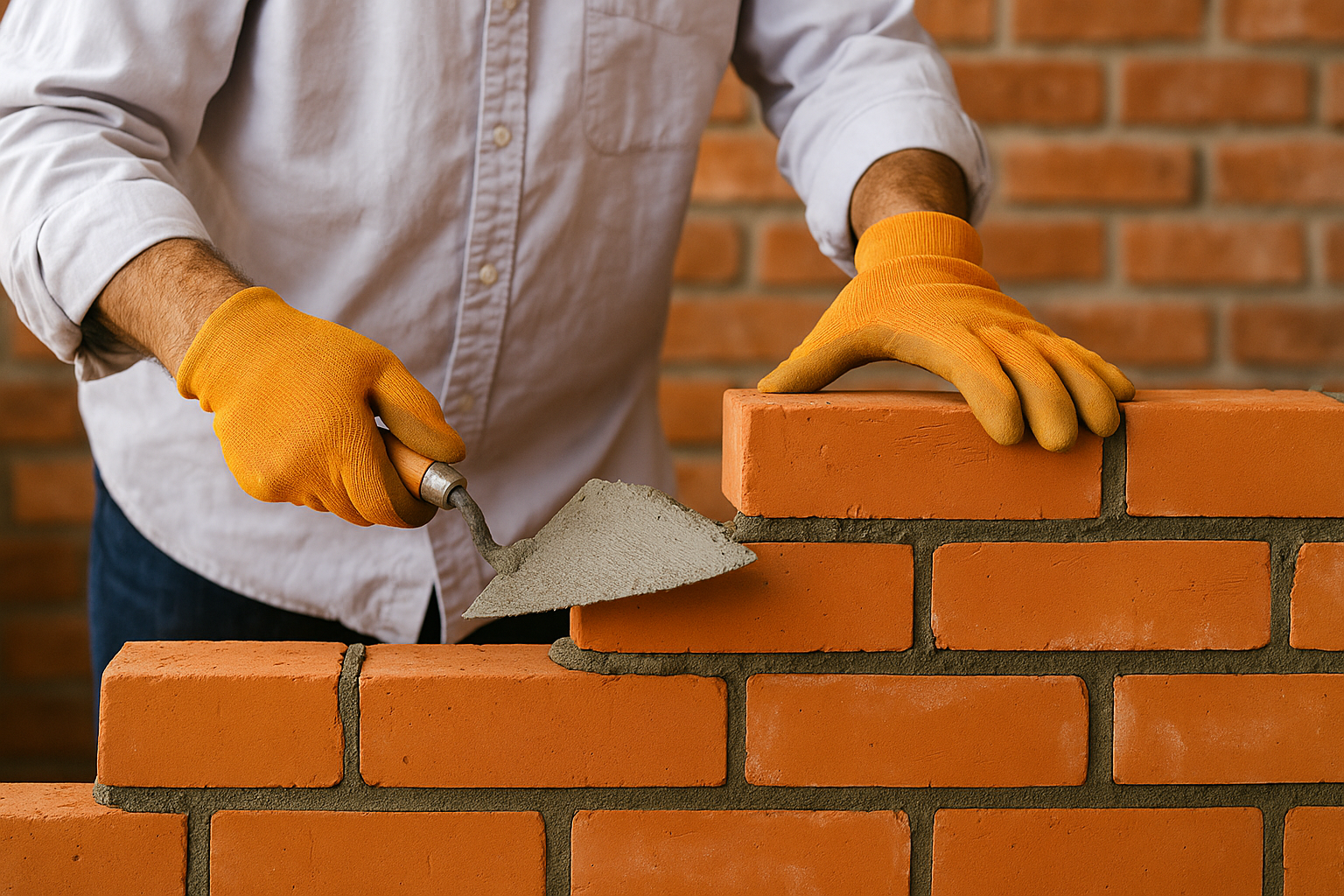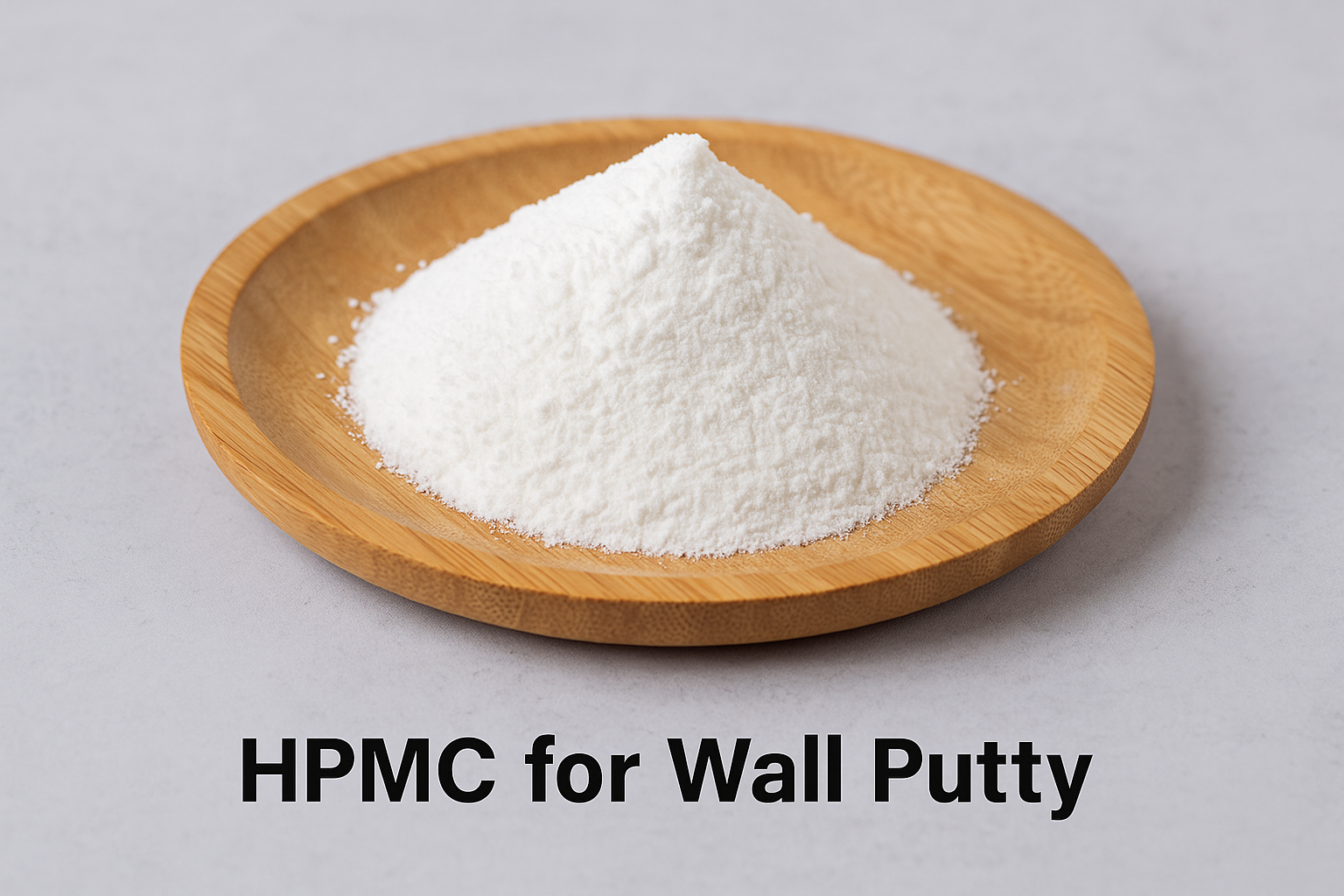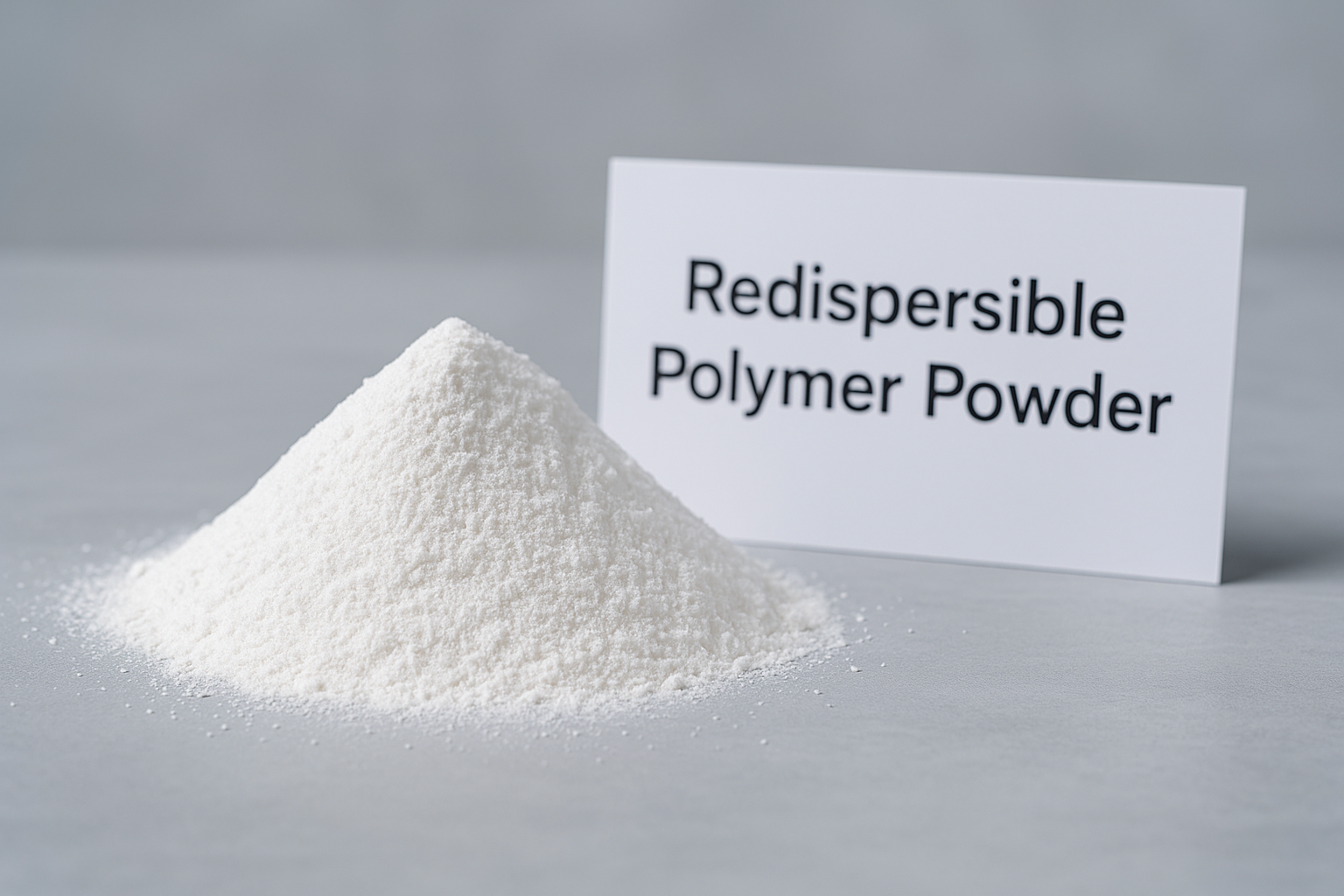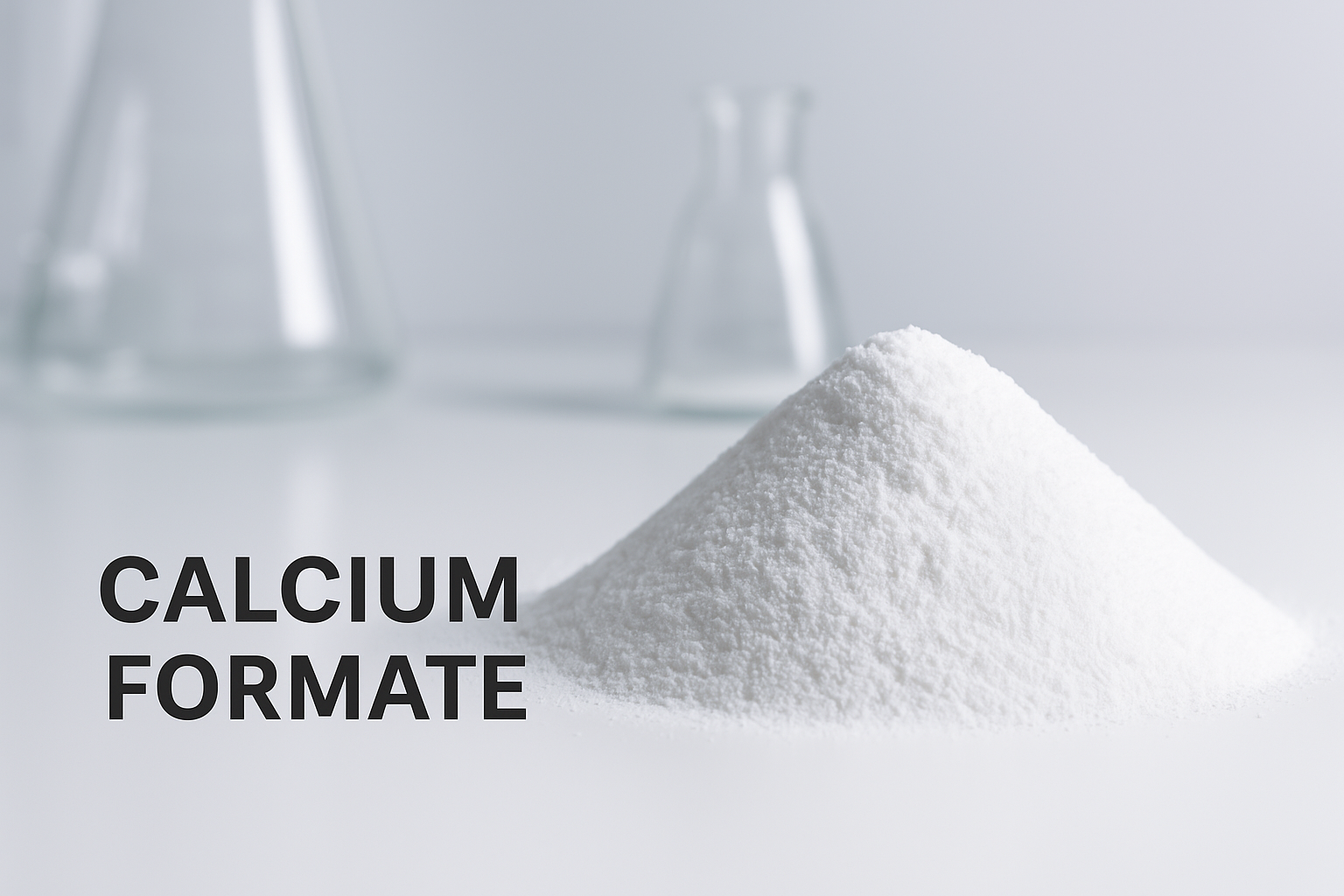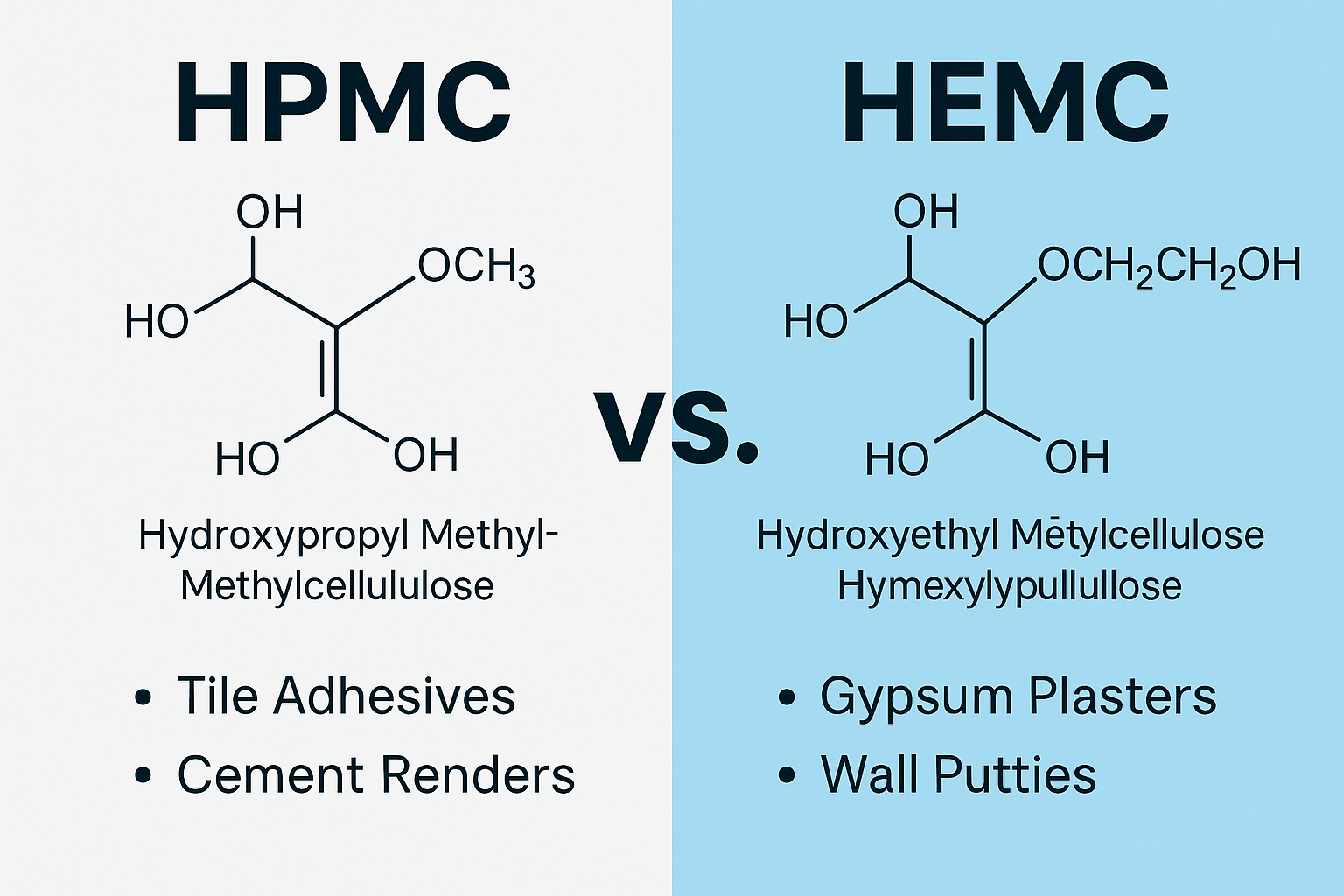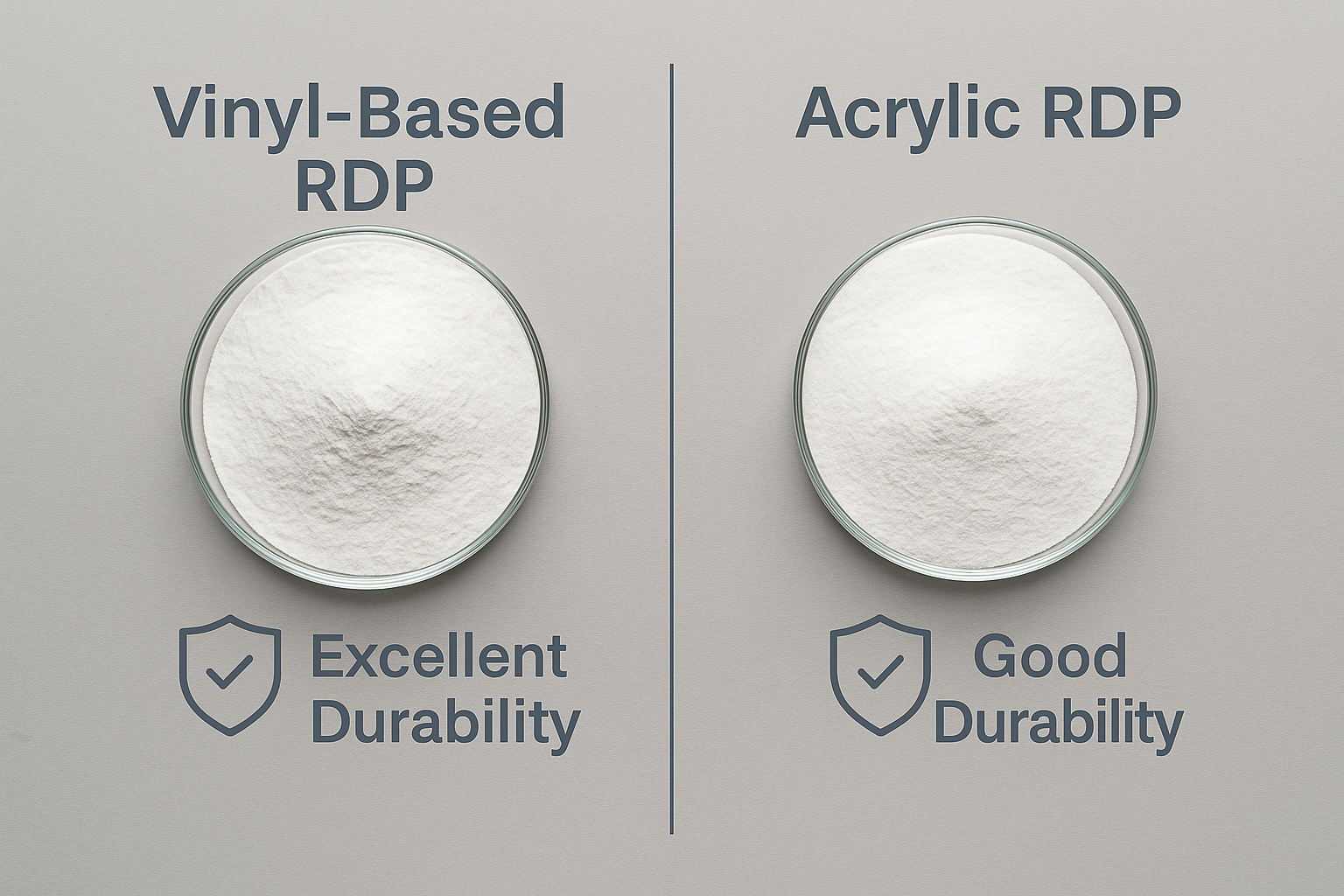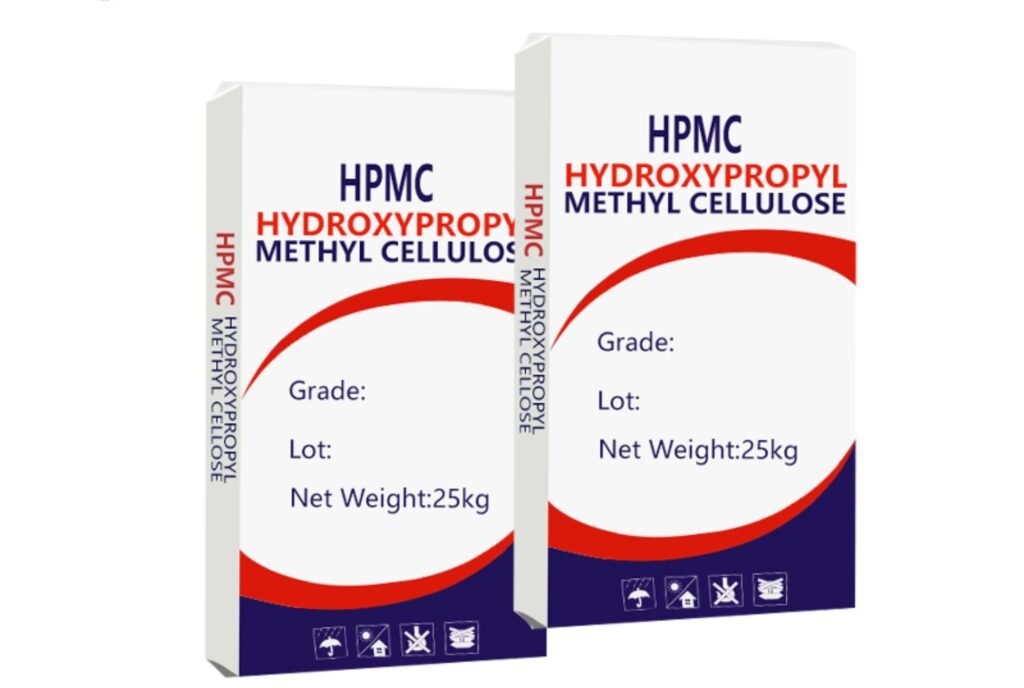Are you tired of wall damage from moisture? Regular wall putties fail when exposed to water, leading to costly repairs. Waterproof wall putty offers a simple solution to this frustrating problem.
Waterproof wall putty is a specialized wall finishing material containing water-resistant additives like cellulose ethers and redispersible polymer powders. It creates a moisture-resistant barrier between your wall and paint, preventing water damage, mold growth, and extending the life of your walls.
Whether you're a homeowner tackling DIY projects or a professional contractor, understanding waterproof wall putty is essential for long-lasting wall finishes. Let's explore everything you need to know about this remarkable material that can save you time, money, and frustration.
What Should You Know About Waterproof Wall Putty?
Is your wall paint peeling or showing water stains? These problems often stem from using regular putty in moisture-prone areas. Waterproof putty specifically addresses these issues that standard products can't handle.
Waterproof wall putty contains special additives like hydroxypropyl methylcellulose (HPMC)1 and redispersible polymer powder that create a water-resistant barrier. When properly applied, it prevents moisture penetration while providing an excellent base for paint, significantly extending your wall's lifespan.
Waterproof wall putty has revolutionized wall finishing in high-moisture environments. Unlike standard putties, waterproof formulations contain specialized chemicals like hydroxypropyl methylcellulose (HPMC) that create strong water barriers.
These additives work by forming polymer films that repel water molecules while maintaining excellent adhesion to the wall surface. The cellulose ethers also improve workability during application, making it easier to achieve a smooth finish.
When selecting waterproof putty, check the packaging for water resistance ratings. Quality products will clearly state their water resistance capabilities, usually measured in hours of water exposure tolerance. Premium putties may also include anti-fungal additives that prevent mold growth, particularly important in bathrooms and kitchens.
Most manufacturers recommend applying waterproof putty in 1-2mm thickness for optimal performance. Thicker applications may crack while thinner layers might not provide adequate protection against moisture.
Waterproof Putty vs Normal Putty: What's the Difference?
Have you noticed your bathroom walls bubbling despite using regular putty? Standard putties absorb water, causing paint failure and wall damage. Waterproof putty solves this specific problem through special formulation.
Waterproof putty contains water-repellent additives like HPMC and redispersible polymer powder that create a moisture barrier. Unlike regular putty, it maintains structural integrity when exposed to water, making it ideal for bathrooms, kitchens, and exterior walls in humid climates.
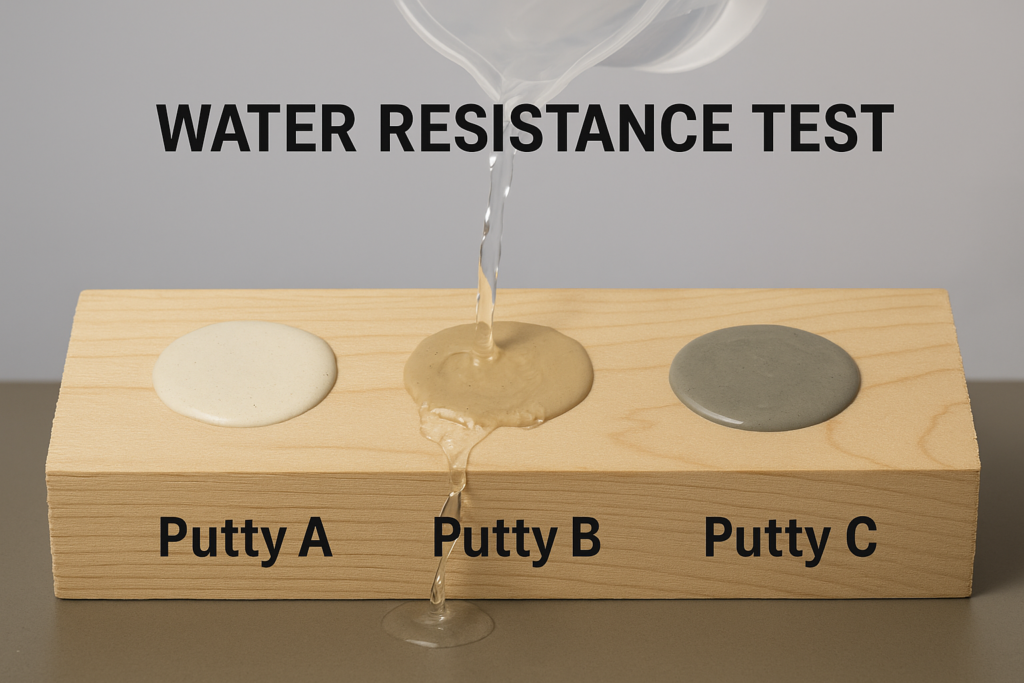
The difference between waterproof and normal putty extends far beyond simple moisture resistance. When we examine their composition, waterproof putties contain significantly higher percentages of redispersible polymer powder2 (RDP) – typically 2-4% compared to 0-1% in standard formulations. This higher RDP content creates a flexible polymer network within the putty that maintains integrity even when wet.
Another key differentiator is the specific type of cellulose ether used. Waterproof formulations use hydroxypropyl methylcellulose with higher methoxyl content, providing better water resistance. Standard putties often use cheaper cellulose derivatives with less water repellency.
The performance difference becomes evident in high-humidity testing. Quality waterproof putties can withstand continuous exposure to 95% relative humidity for over 72 hours without degradation, while standard putties begin failing after just 4-6 hours. This translates to significantly longer wall lifespans in bathrooms, kitchens, and laundry areas.
| Feature | Waterproof Putty | Normal Putty |
|---|---|---|
| Water Resistance | Excellent (72+ hours) | Poor (4-6 hours) |
| RDP Content | 2-4% | 0-1% |
| HPMC Type | High methoxyl content | Standard grades |
| Anti-fungal Properties | Usually included | Rarely included |
| Cost | Higher | Lower |
| Suitable Areas | All walls, especially moisture-prone | Dry areas only |
How to Make Waterproof Wall Putty?
Are you concerned about the cost of commercial waterproof putties? Many professionals secretly enhance regular putty with additives, but incorrect mixtures can fail completely. The right formula makes all the difference.
To make waterproof wall putty, combine white cement, fine sand, and water-resistant additives like HPMC and redispersible polymer powder in a 2:1:0.5 ratio. Mix thoroughly with clean water until achieving a smooth, lump-free consistency, then let it rest for 10-15 minutes before application.

Creating truly effective waterproof wall putty requires precision in both ingredients and mixing technique. The chemical interaction between components is what produces water resistance, not simply the presence of individual ingredients.
The most critical component is high-quality hydroxypropyl methylcellulose (HPMC)3 with a methoxyl substitution level above 28%. This specific type creates strong hydrogen bonding with cement particles, forming a water-repellent matrix. Using generic cellulose ethers won't achieve the same result.
The mixing sequence also matters significantly. Always pre-blend dry ingredients thoroughly before adding water gradually. This ensures even distribution of the water-resistant additives throughout the mixture. Professional formulators recommend using a high-speed mixer (400-600 RPM) for at least 3 minutes to achieve proper dispersion.
Temperature affects the curing process dramatically. The ideal mixing and application temperature range is 15-25°C (59-77°F). Below this range, the waterproofing polymers form incompletely; above it, they may degrade prematurely. If working in extreme temperatures, adjust water content slightly—less water in hot conditions, more in cold conditions.
For enhanced water resistance in extremely wet areas, consider adding 0.5% silicone-based water repellent to the dry mix. This creates an additional hydrophobic barrier without compromising adhesion or workability.
3 Steps for Applying Wall Putty
Do you struggle with uneven wall finishes? Many DIYers apply putty incorrectly, leading to cracks and peeling. Following proper application techniques ensures long-lasting, professional results.
Apply waterproof wall putty in three steps: first, prepare the surface by cleaning and priming; second, apply the first coat thinly and let dry for 6-8 hours; third, apply a second coat perpendicular to the first and allow 24 hours for complete curing before painting.
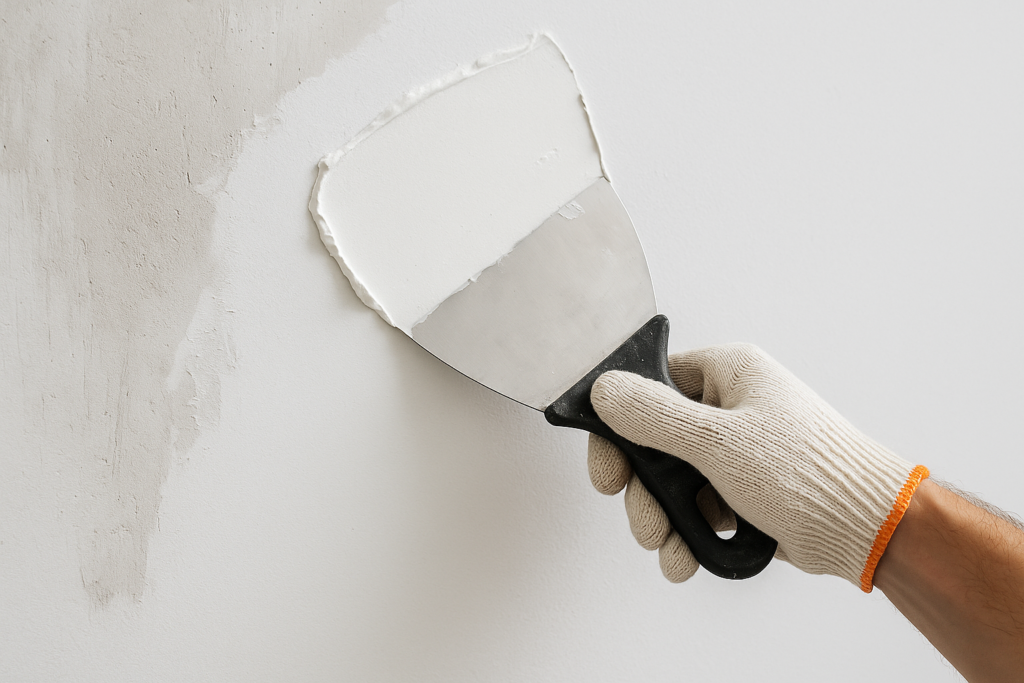
The application process for waterproof wall putty demands meticulous attention to detail for optimal performance. Professional applicators follow specific techniques that significantly impact the final water resistance properties.
Surface preparation is more critical for waterproof putty than standard varieties. Any residual dust or oil prevents proper bonding of the water-resistant polymers. Beyond basic cleaning, professionals typically apply a specialized primer containing acrylic resins that enhance the chemical bond between the substrate and waterproof putty. This step alone can improve water resistance by up to 40% in laboratory testing.
The application tool significantly affects performance. While many use standard trowels, professional applicators prefer Japanese-style putty knives with slightly flexible stainless steel blades. These tools allow for thinner application while maintaining even pressure, resulting in fewer air pockets that could compromise water resistance.
When applying multiple coats, the moisture content of the previous layer matters tremendously. The ideal moisture content for applying the second coat is when the first coat is dry to touch but still contains approximately 15-18% residual moisture. This creates optimal chemical bonding between layers. Using moisture meters, professionals can determine precise timing rather than relying on time estimates that vary with temperature and humidity conditions.
Curing techniques also impact waterproofing effectiveness. For maximum performance, many contractors use controlled misting during the initial 24-hour curing period, which promotes optimal polymer film formation. This technique involves very light water spraying every 6-8 hours, maintaining surface dampness without saturation.
Benefits of Waterproof Wall Putty
Have your walls ever developed ugly water stains despite regular maintenance? Traditional wall treatments fail in humid conditions, wasting your time and money. Waterproof putty specifically addresses this frustrating problem.
Waterproof wall putty offers numerous benefits including resistance to moisture damage, prevention of mold and mildew growth, extended paint life, reduced maintenance costs, and versatility for both interior and exterior applications. Its superior adhesion also ensures minimal cracking over time.
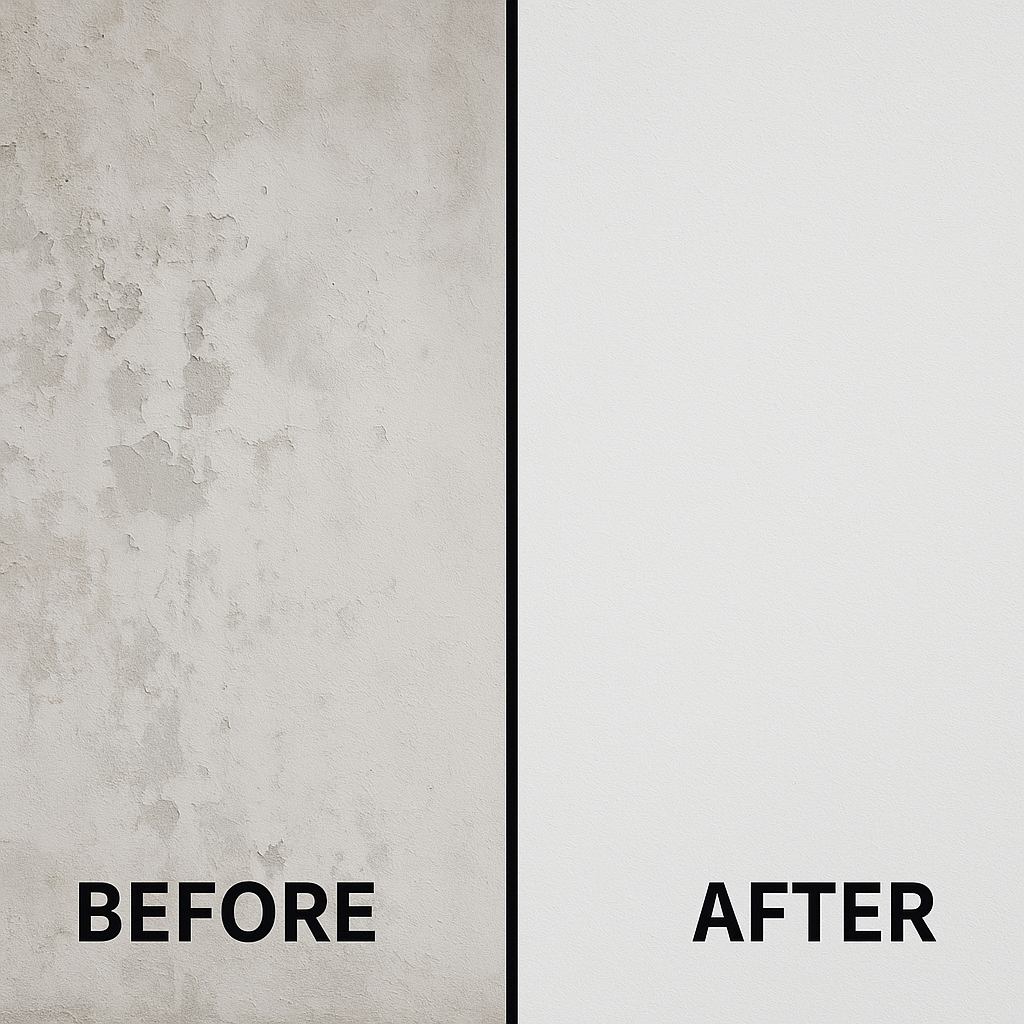
The advantages of waterproof wall putty extend far beyond basic moisture resistance when we analyze its performance in demanding environments. Modern waterproof putties incorporate advanced polymer technology that creates multiple protection mechanisms working simultaneously.
One significant benefit is the putty's breathability despite its water-resistant properties. This seeming contradiction is achieved through microporosity—the putty prevents liquid water penetration while allowing water vapor to escape. This characteristic prevents pressure buildup behind the putty layer that would otherwise cause blistering and delamination.
The dimensional stability of waterproof putty significantly outperforms standard varieties. When exposed to repeated wet-dry cycles during laboratory testing, quality waterproof putties show only 0.05-0.08% dimensional change, compared to 0.3-0.5% for standard putties. This translates to dramatically reduced cracking over time, especially around windows, doors, and other areas subject to structural movement.
Energy efficiency represents another overlooked benefit. The moisture barrier created by waterproof putty helps maintain consistent wall temperatures by preventing water infiltration that can compromise insulation effectiveness. Studies show that properly applied waterproof putty can contribute to 3-7% energy savings in humid climates by maintaining wall thermal performance.
From an environmental perspective, waterproof putties reduce the need for frequent repainting and repair, lowering the overall carbon footprint of building maintenance. The extended lifecycle—typically 5-7 years longer than standard putty applications—means less material consumption and waste over time.
Your Partner in Building Material Additives
Looking for reliable additives for your waterproof putty formulations? Finding consistent quality suppliers can be challenging in today's market. Our specialized products provide the solution you need.
Wanhong offers premium-grade HPMC, redispersible polymer powder, and other essential additives specifically formulated for waterproof wall putty applications. With six production lines and exports to over 15 countries, we provide consistent quality, customizable packaging, and technical support to meet your specific requirements.

At Wanhong, we've specialized in cellulose ether production4 for waterproofing applications since our inception. Our manufacturing process incorporates proprietary technology that produces HPMC with precisely controlled substitution patterns, resulting in exceptional water resistance properties when incorporated into putty formulations.
Our technical team includes polymer chemists with extensive experience in construction chemicals who work directly with customers to optimize formulations for specific climate conditions. Through our laboratory testing services, we can simulate accelerated aging in various humidity conditions to predict real-world performance before you commit to full-scale production.
We understand the challenges of international logistics in the building materials industry. Our specialized packaging options include moisture-resistant multi-layer kraft paper bags that maintain additive performance even during extended transit through humid port conditions. This attention to detail ensures consistent results when the materials reach your production facility.
As a B2B supplier focused specifically on developing markets, we've developed streamlined export documentation processes that expedite customs clearance in Saudi Arabia, UAE, Iran, India, Pakistan, Brazil, and other key markets. Our logistics team provides real-time shipment tracking and proactive solutions to potential delays.
Each product batch undergoes rigorous quality testing, with certificates of analysis provided that include water retention values, viscosity profiles, and particle size distribution—critical parameters for waterproofing performance.
Conclusion
Waterproof wall putty is essential for durable, moisture-resistant walls. With the right materials, application techniques, and quality additives from reliable suppliers like Kehao, you can achieve professional results that stand the test of time.
-
Learn about HPMC's role in construction materials and how it enhances the performance of waterproof putty. ↩
-
Learn about the significance of redispersible polymer powder in enhancing the performance of waterproof putty. ↩
-
Explore this link to understand the significance of HPMC in creating effective waterproof wall putty and its unique properties. ↩
-
Explore this link to understand how cellulose ether enhances waterproofing, ensuring durability and performance in construction materials. ↩
